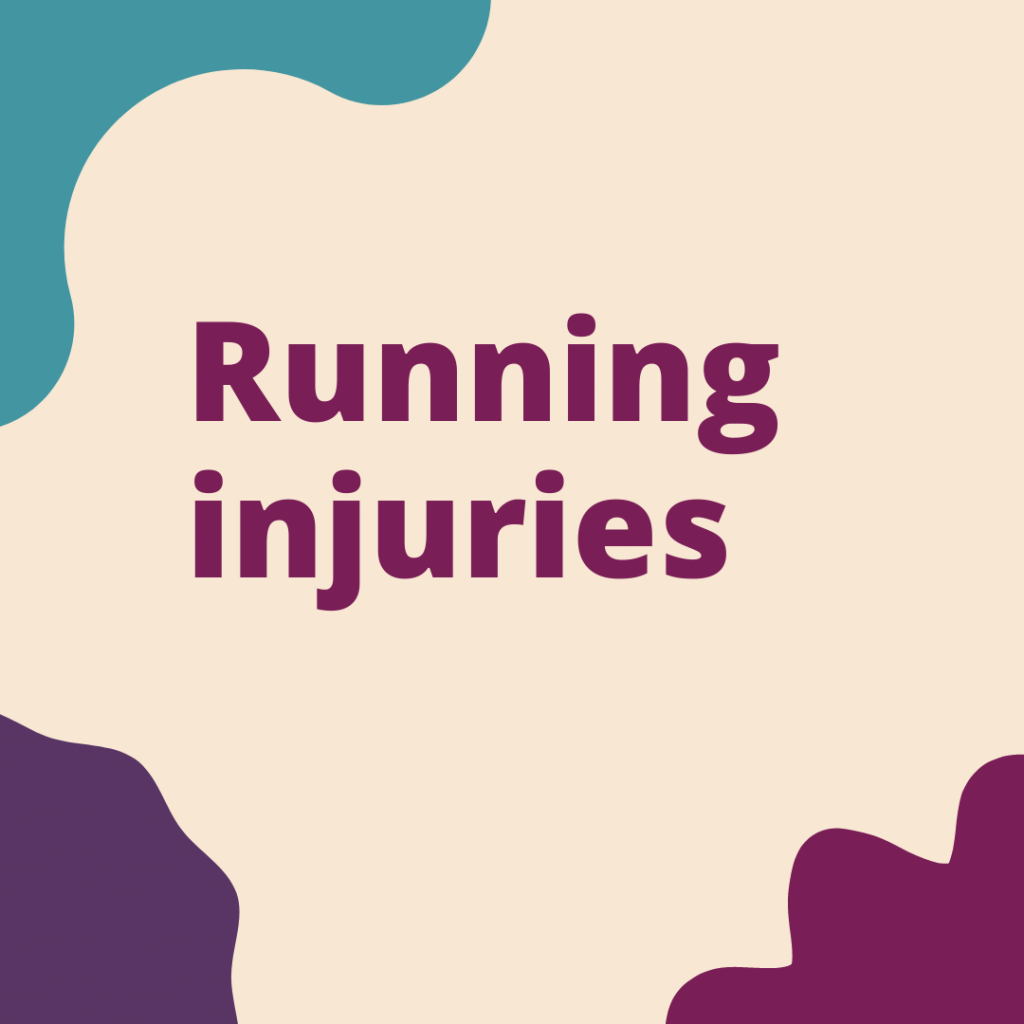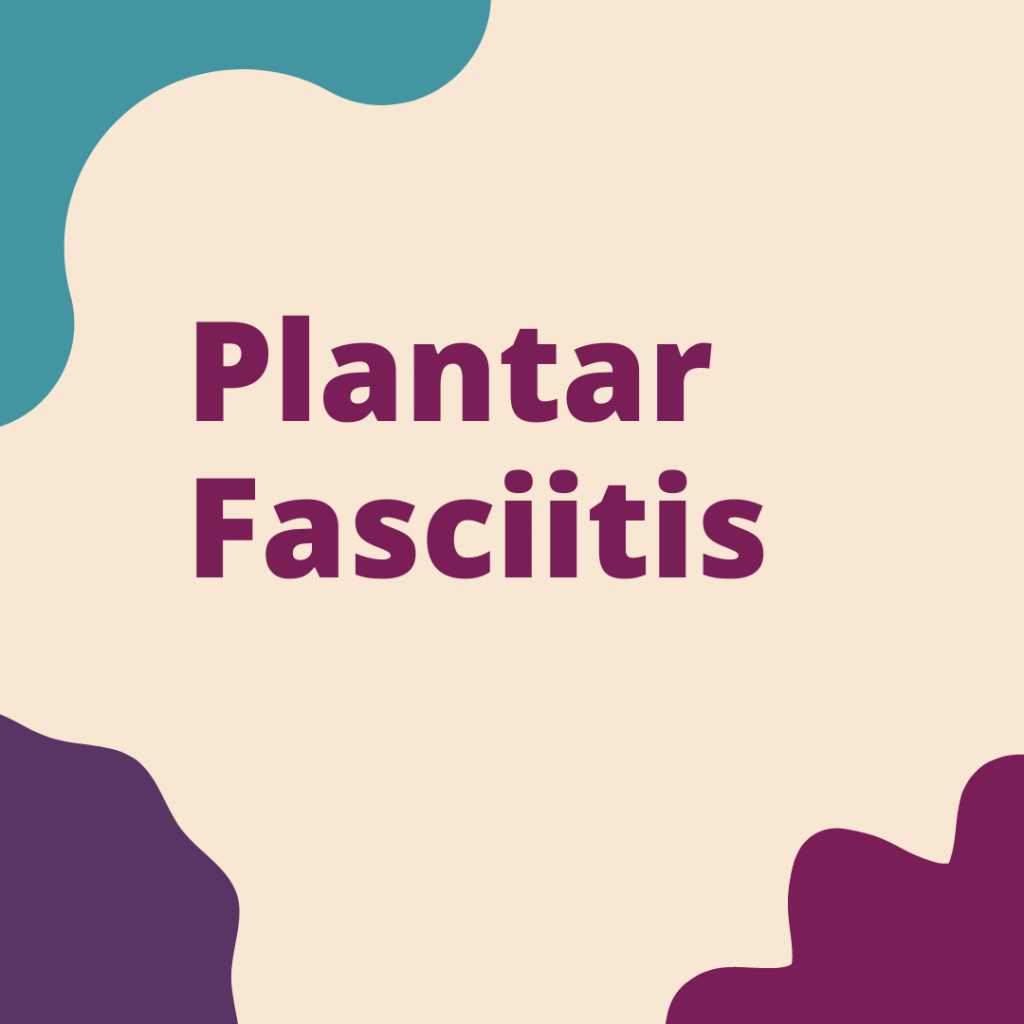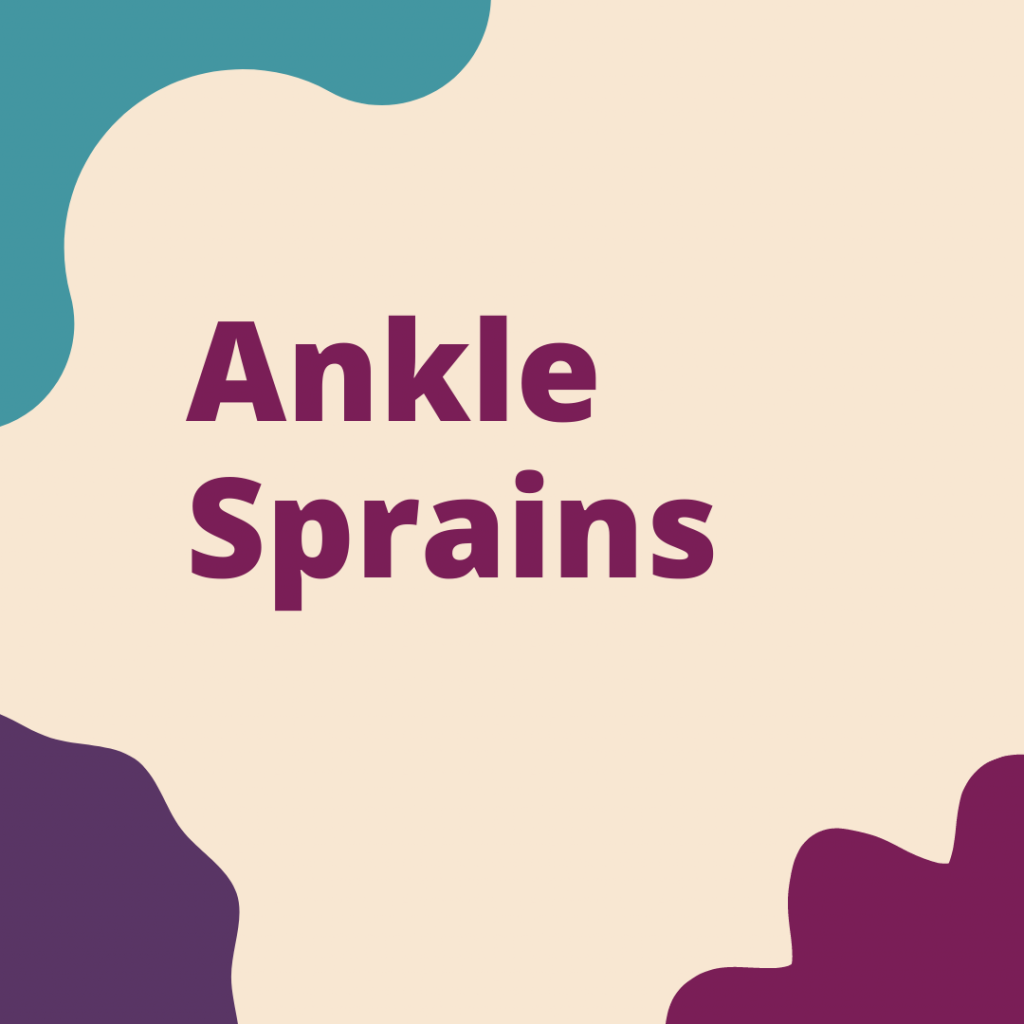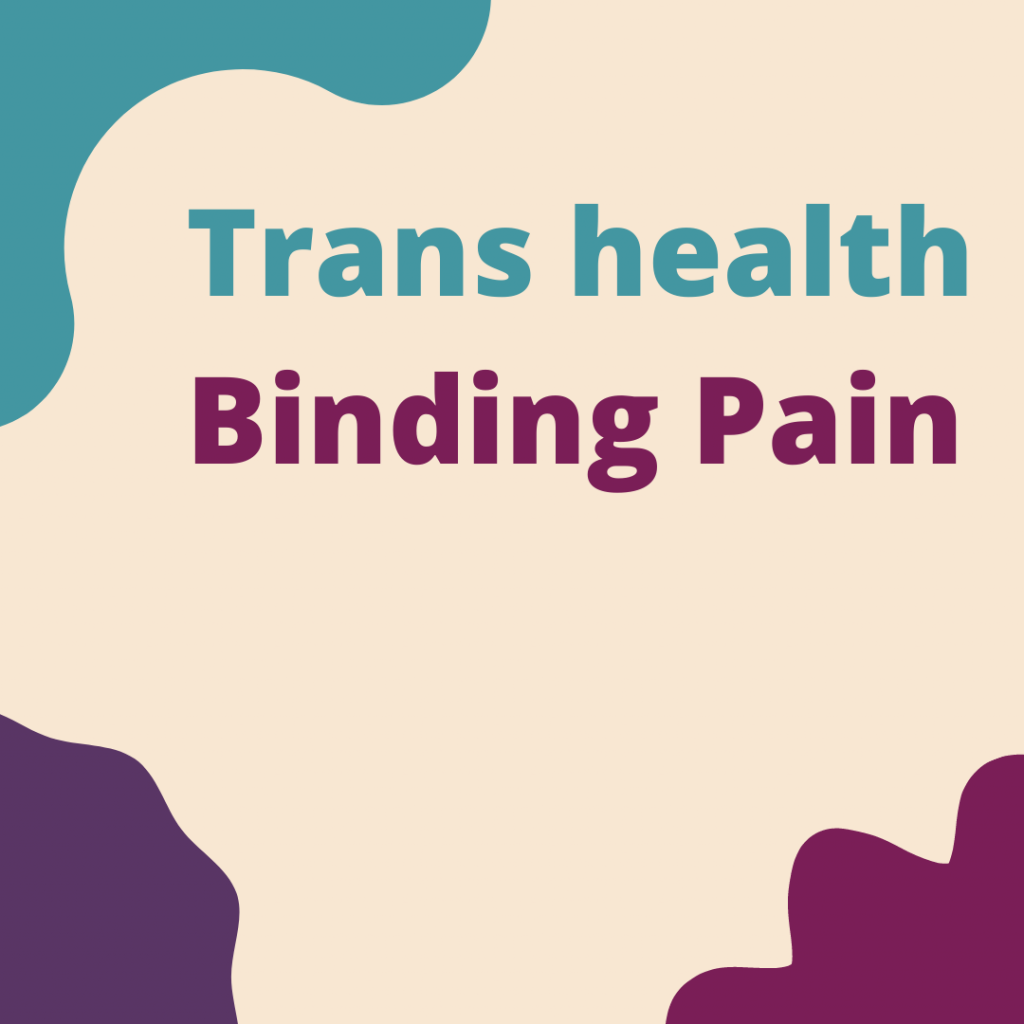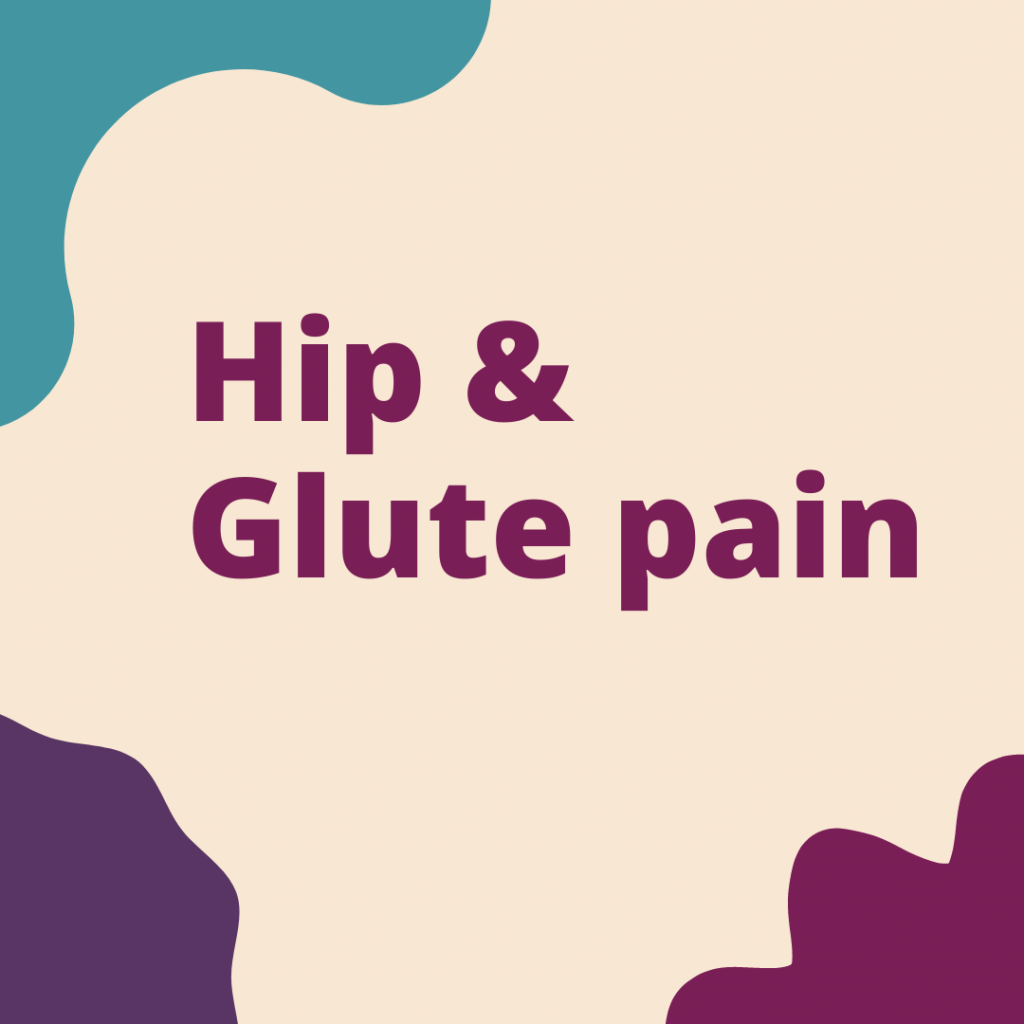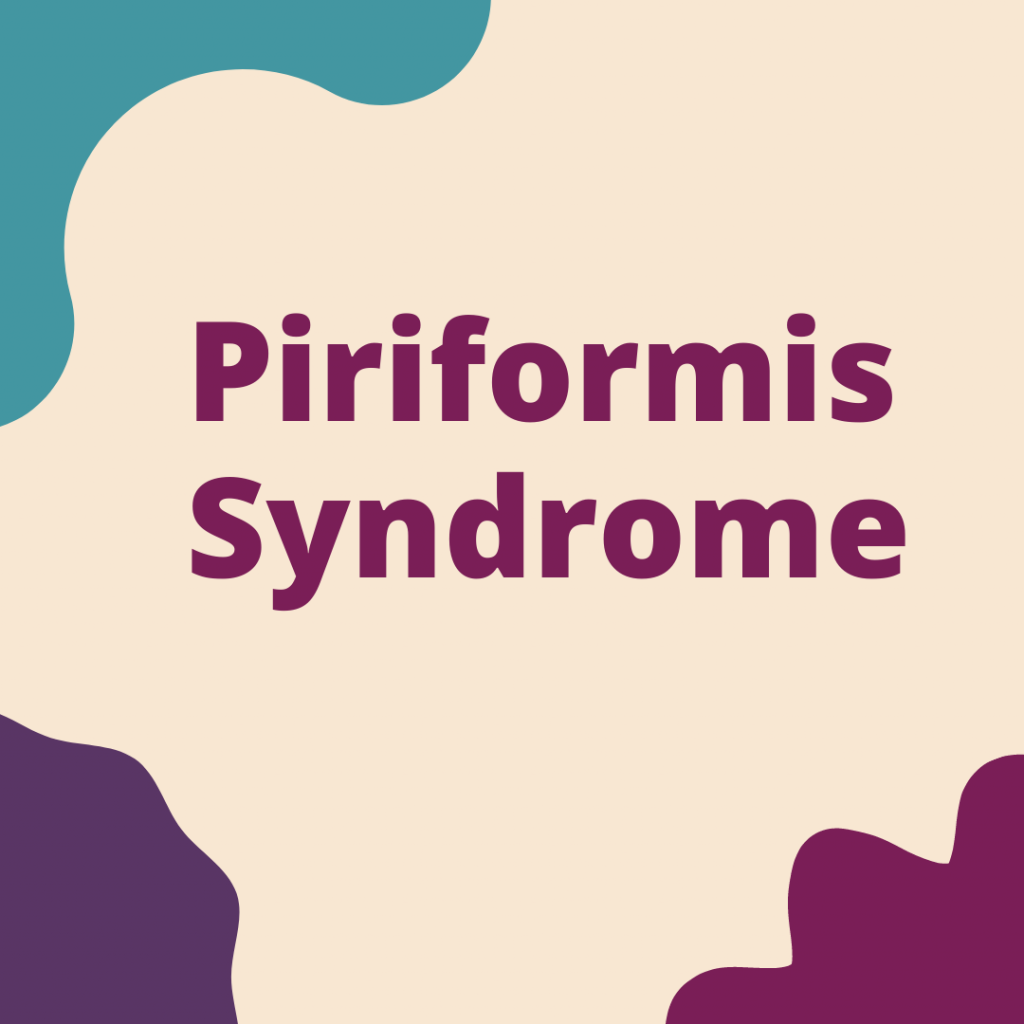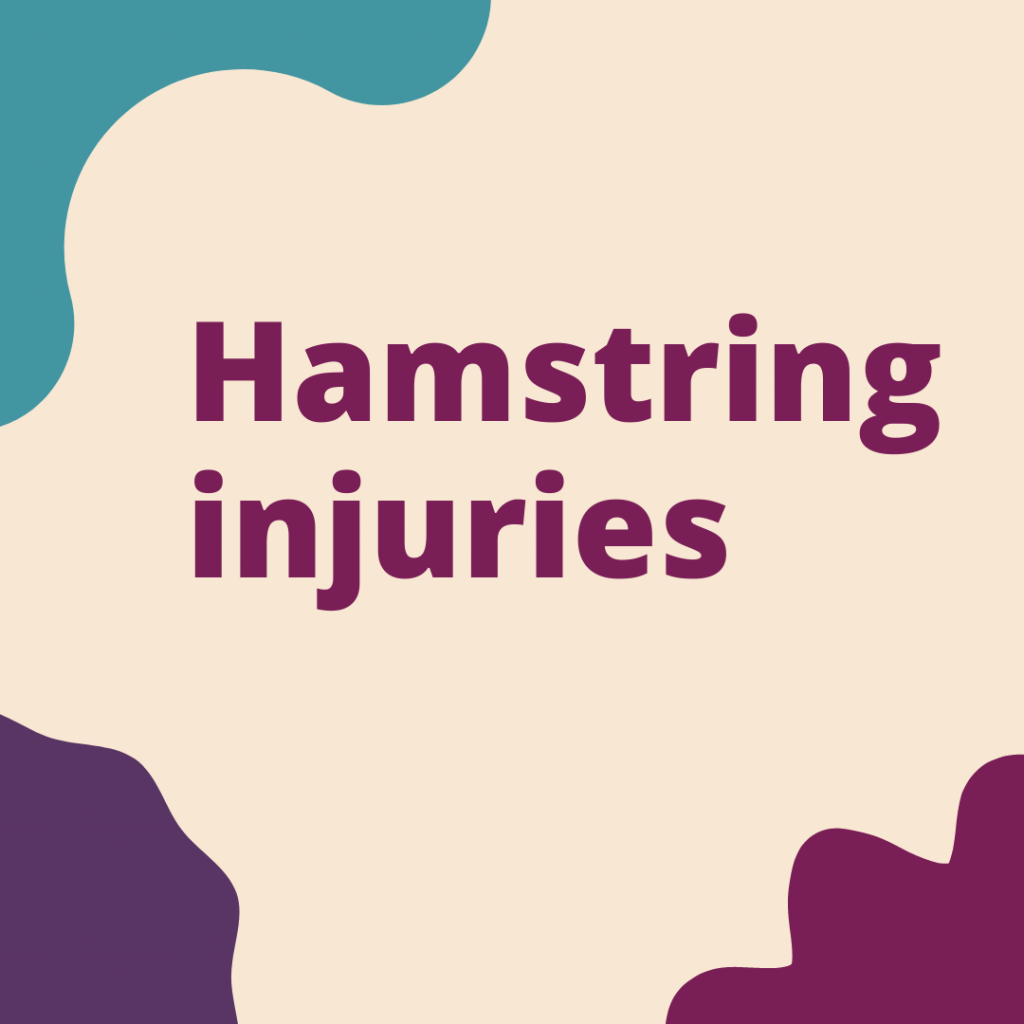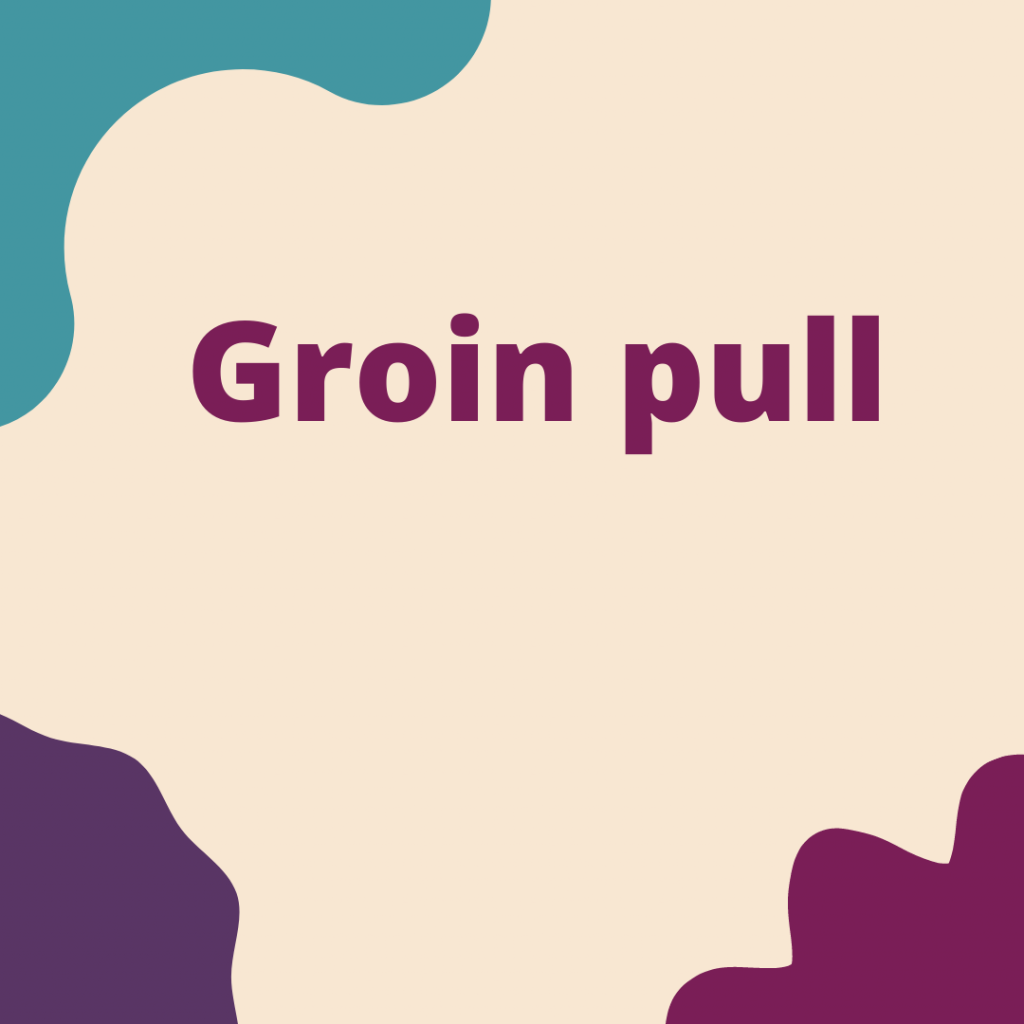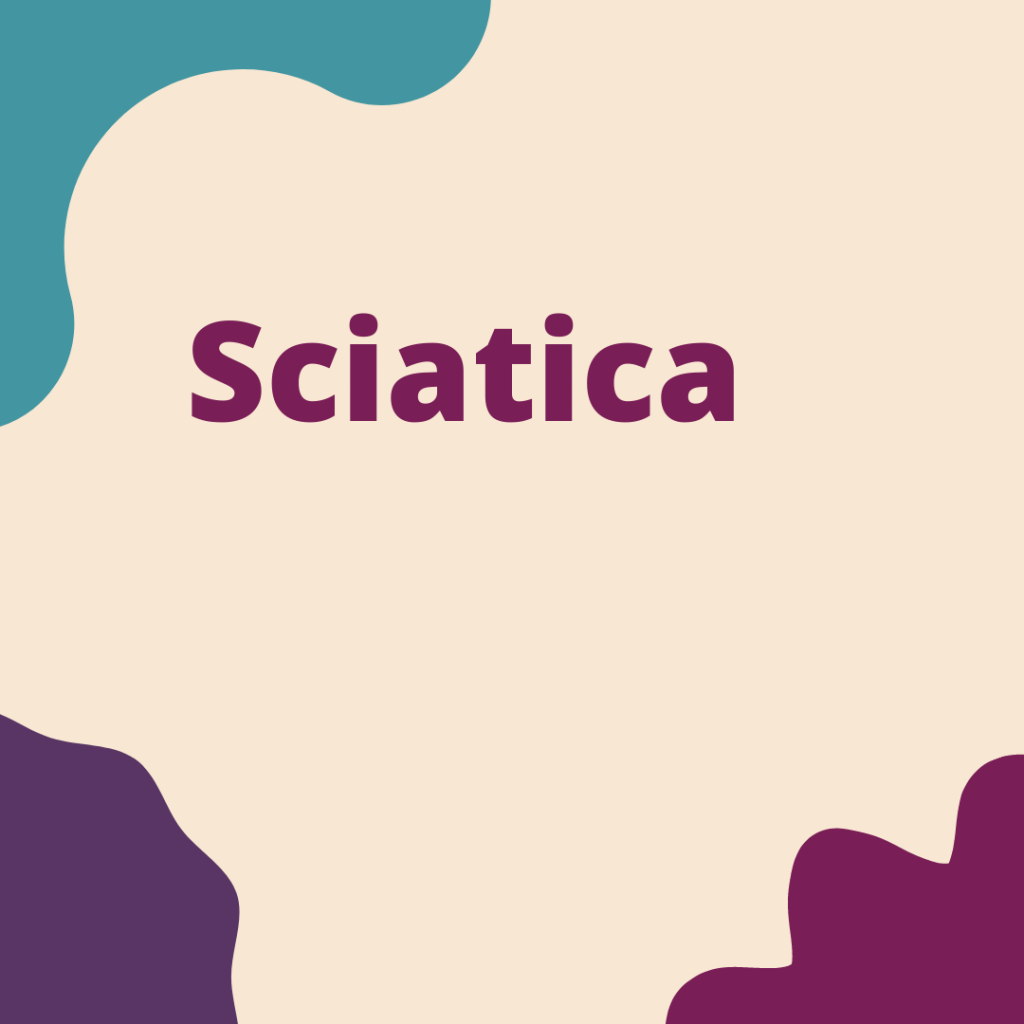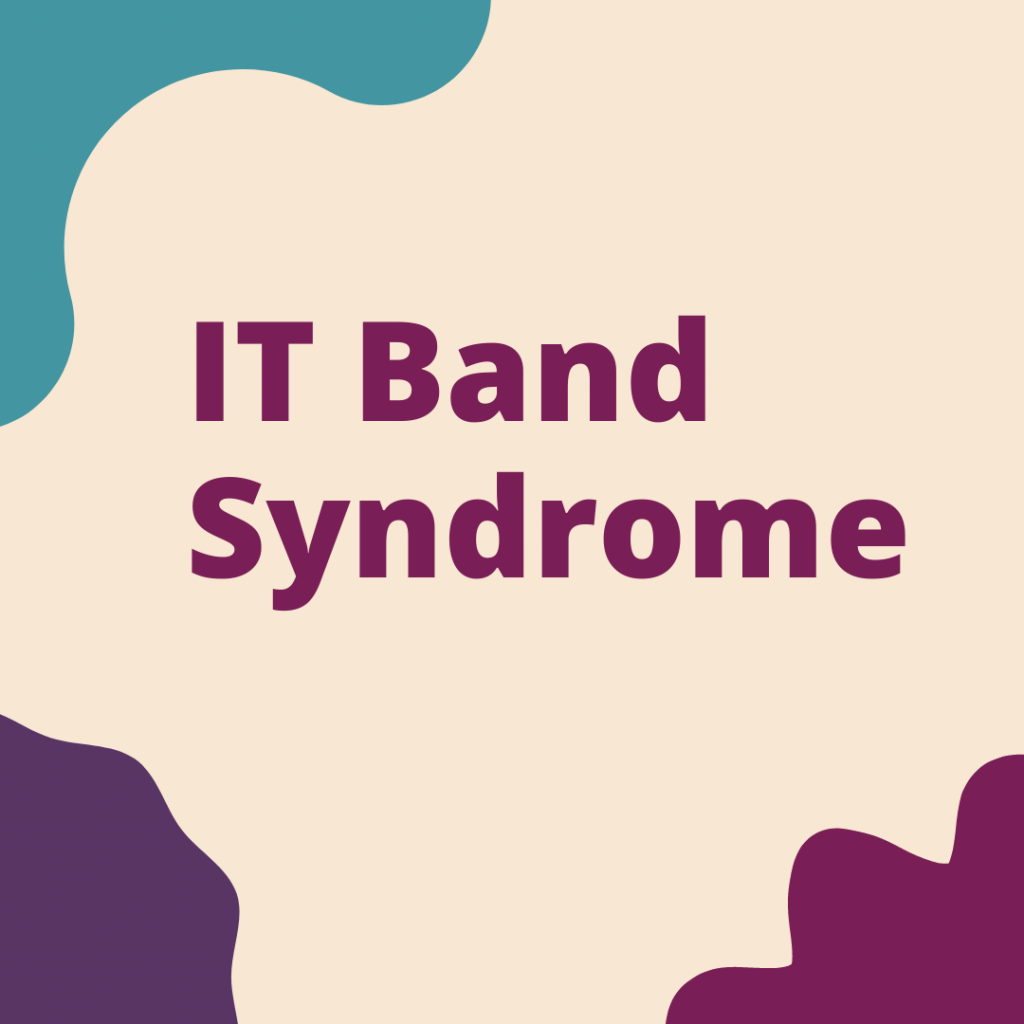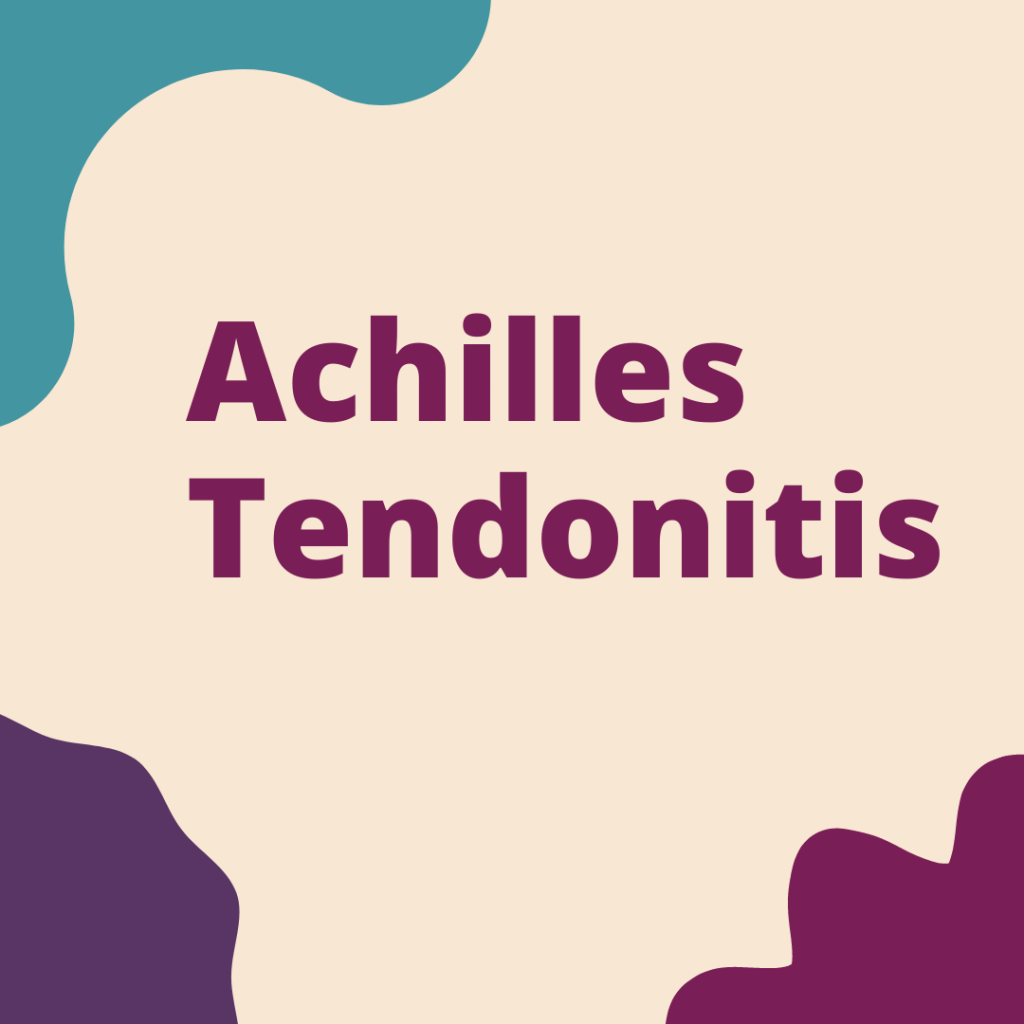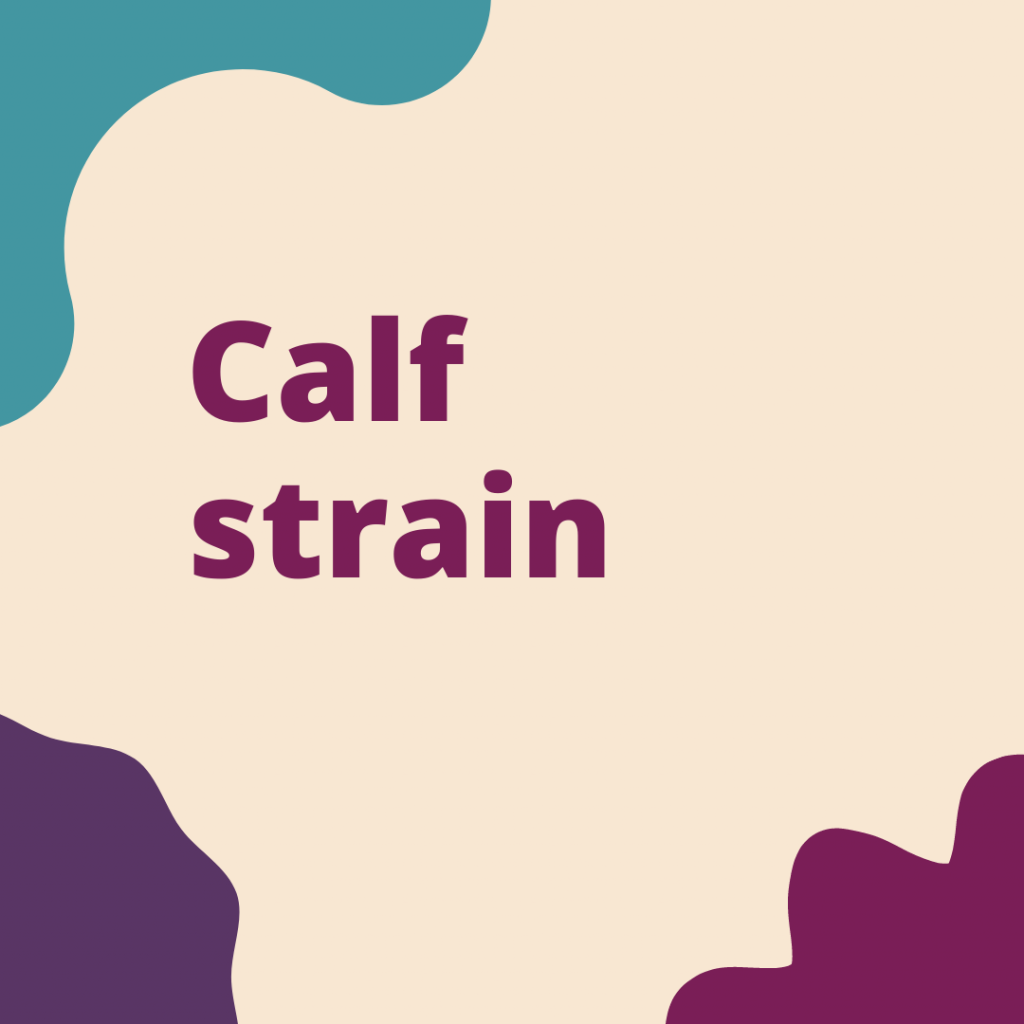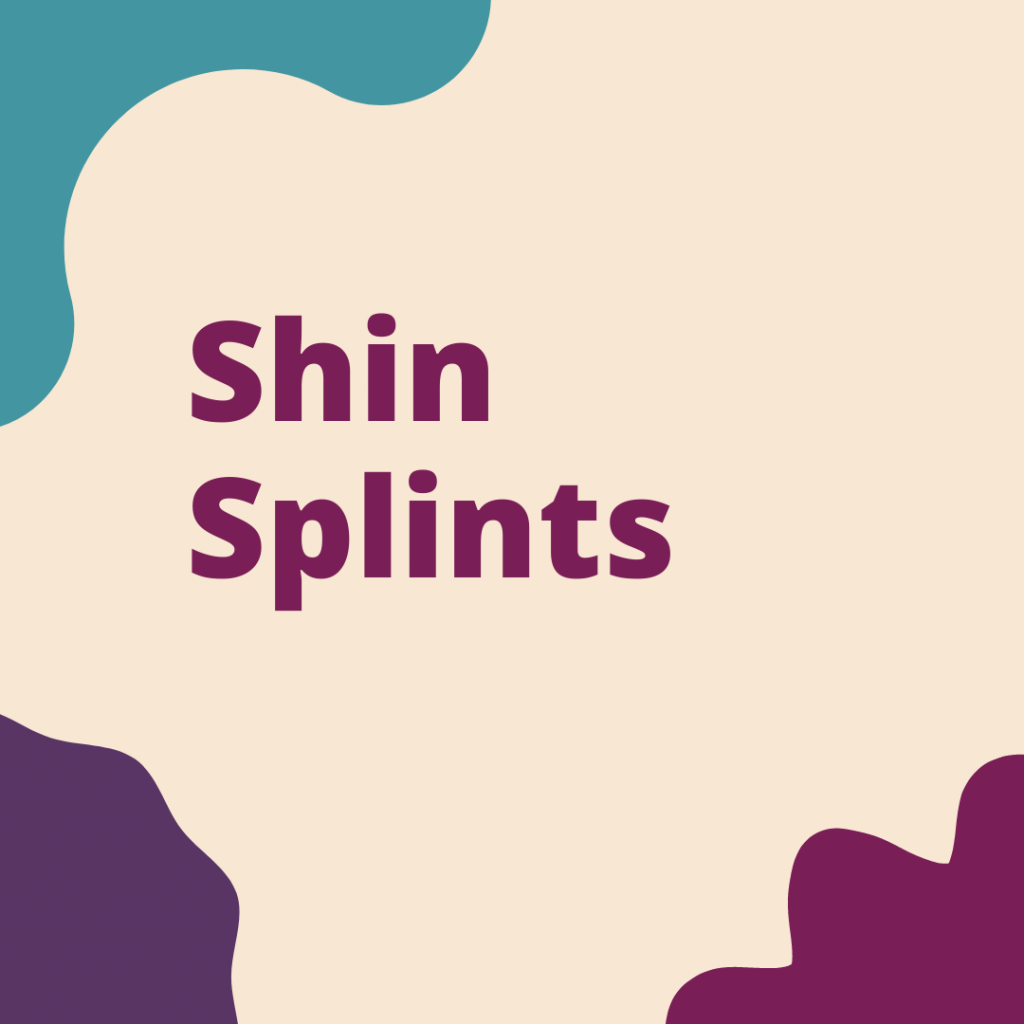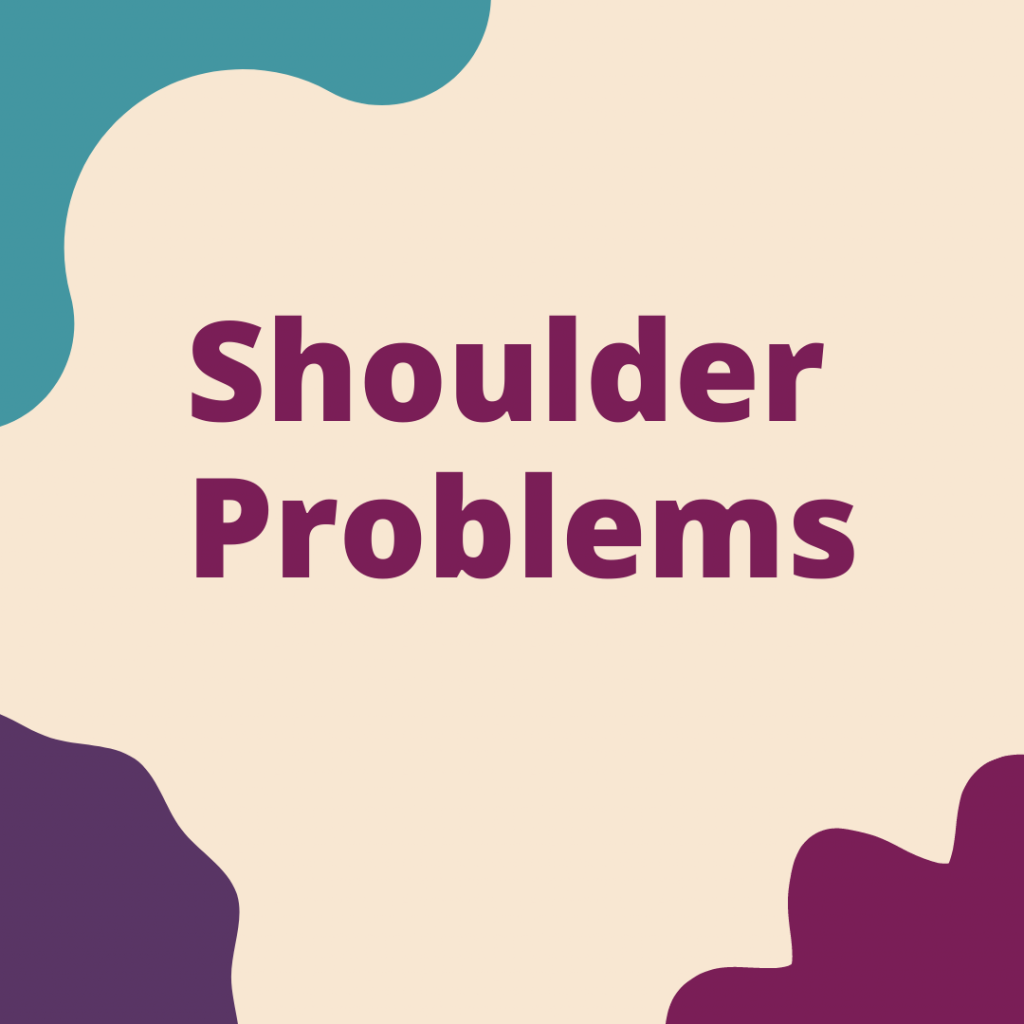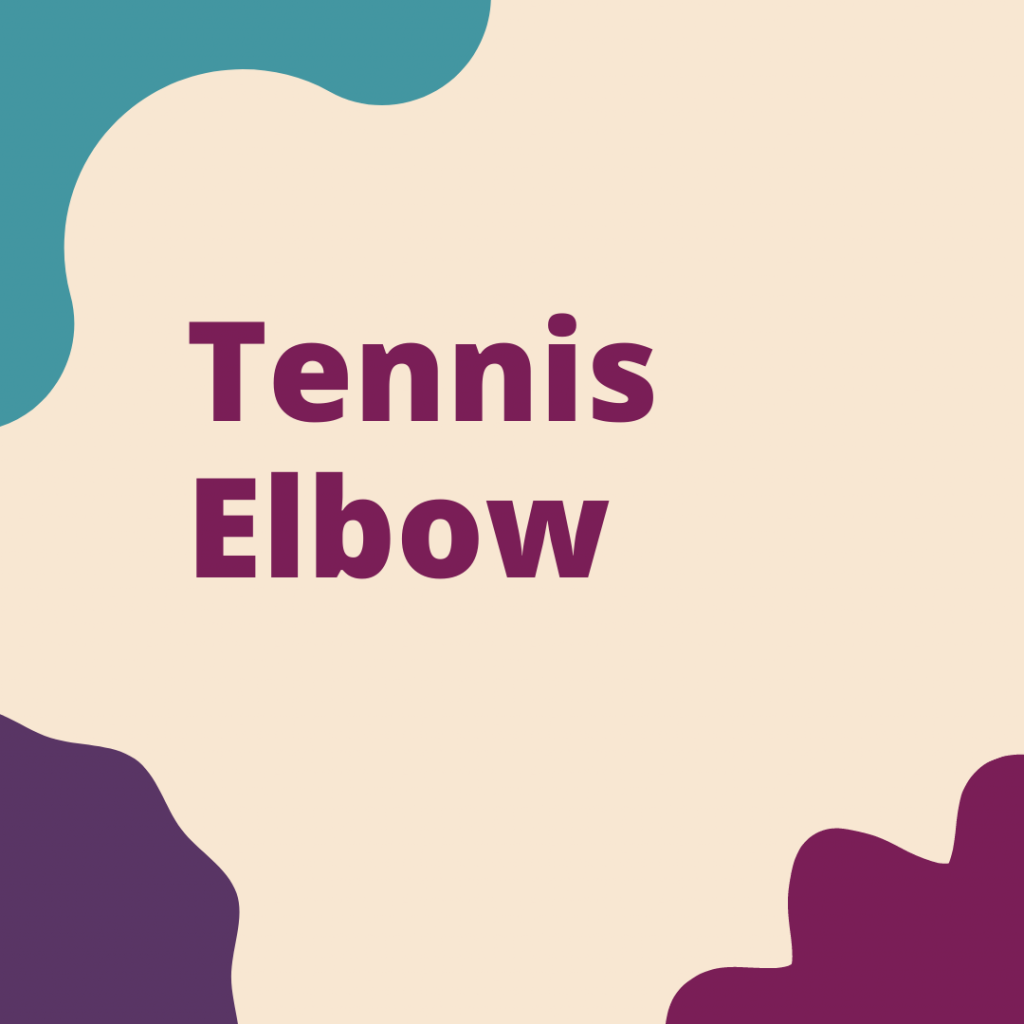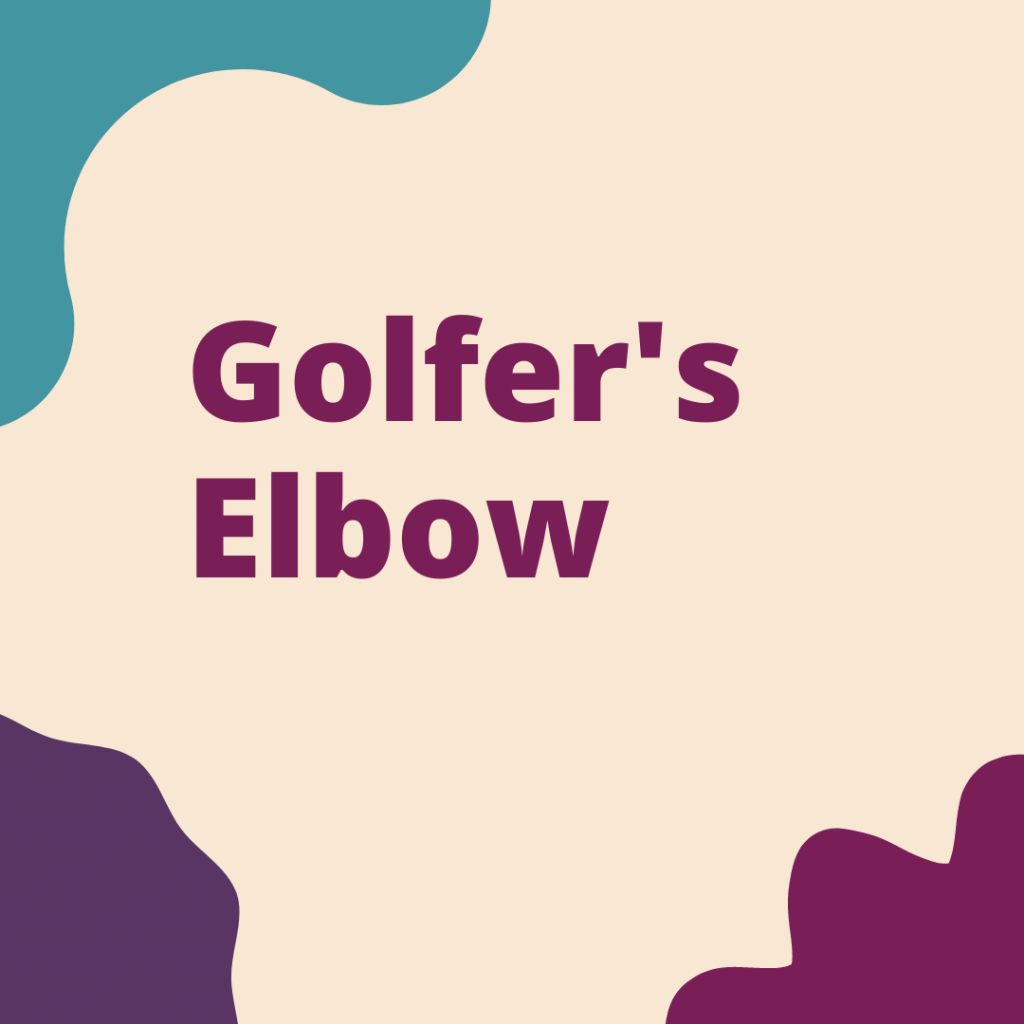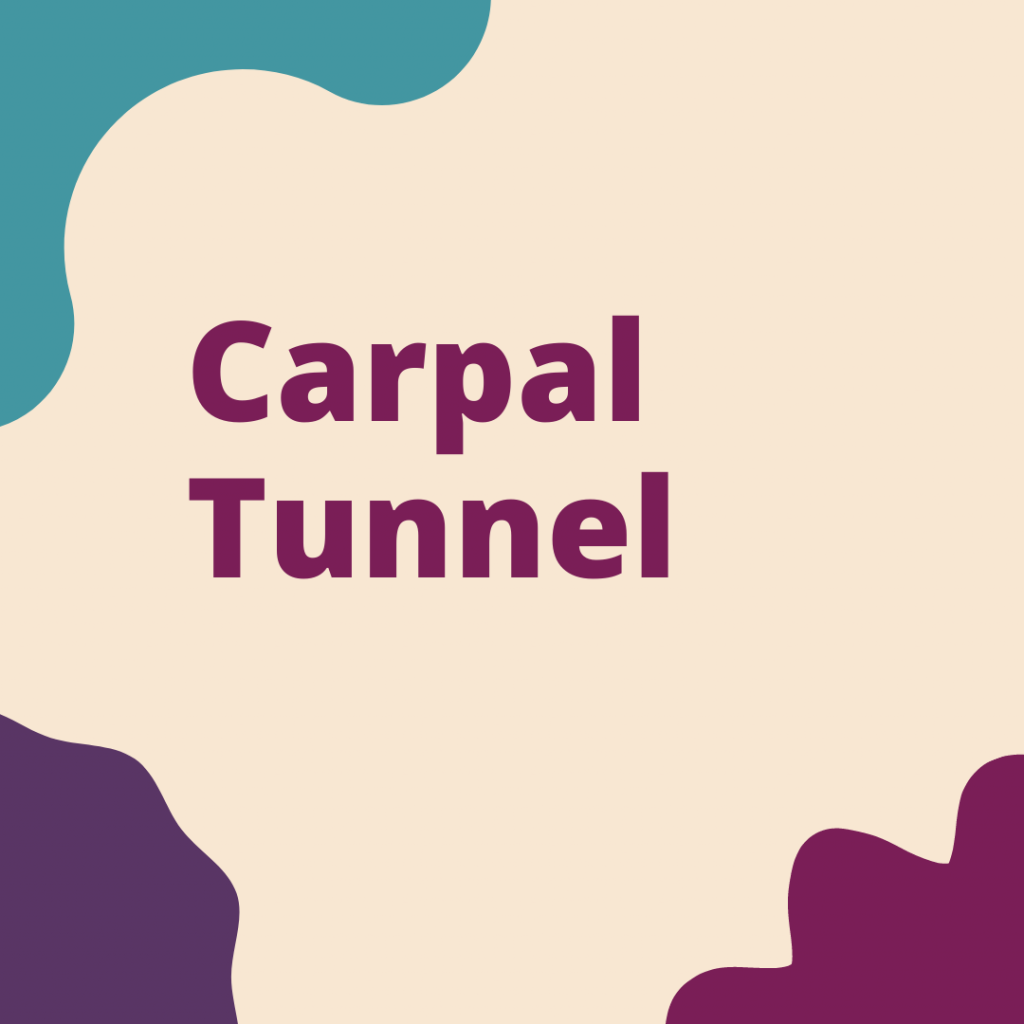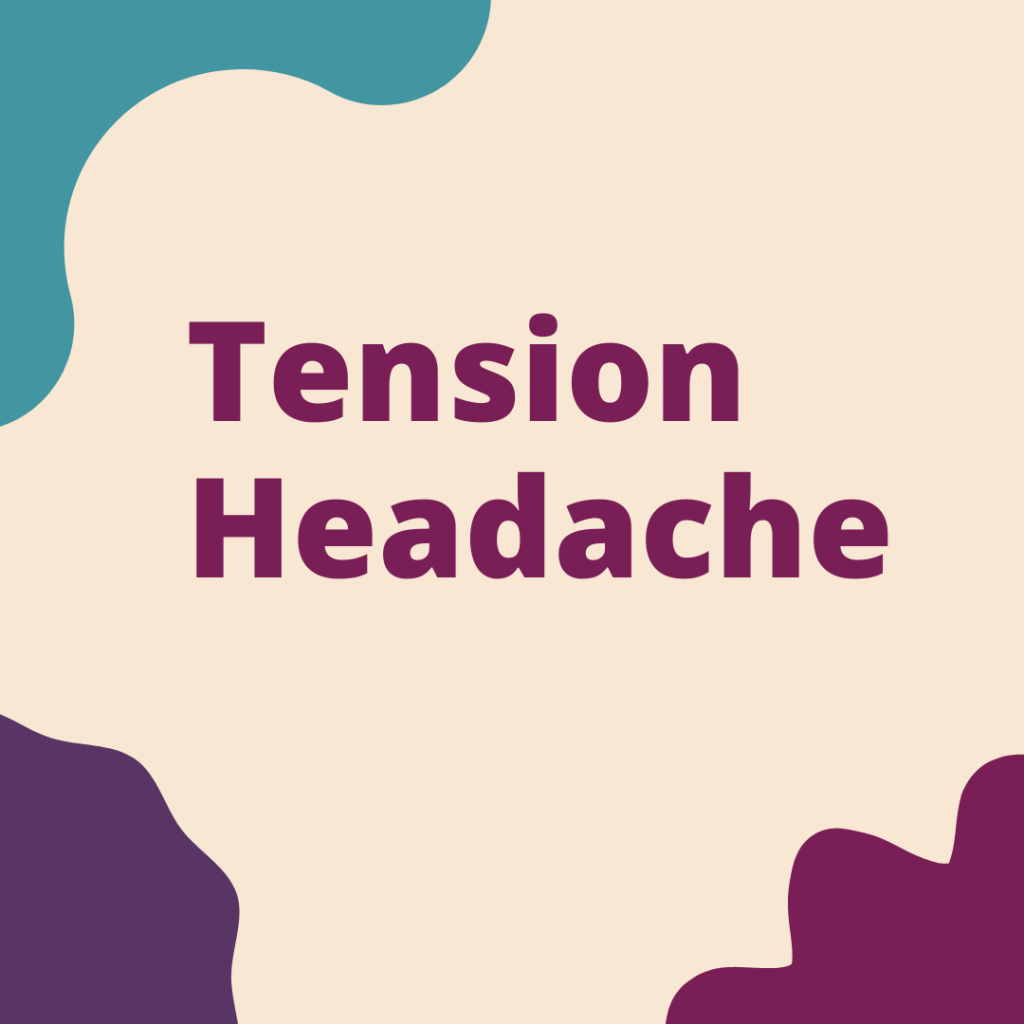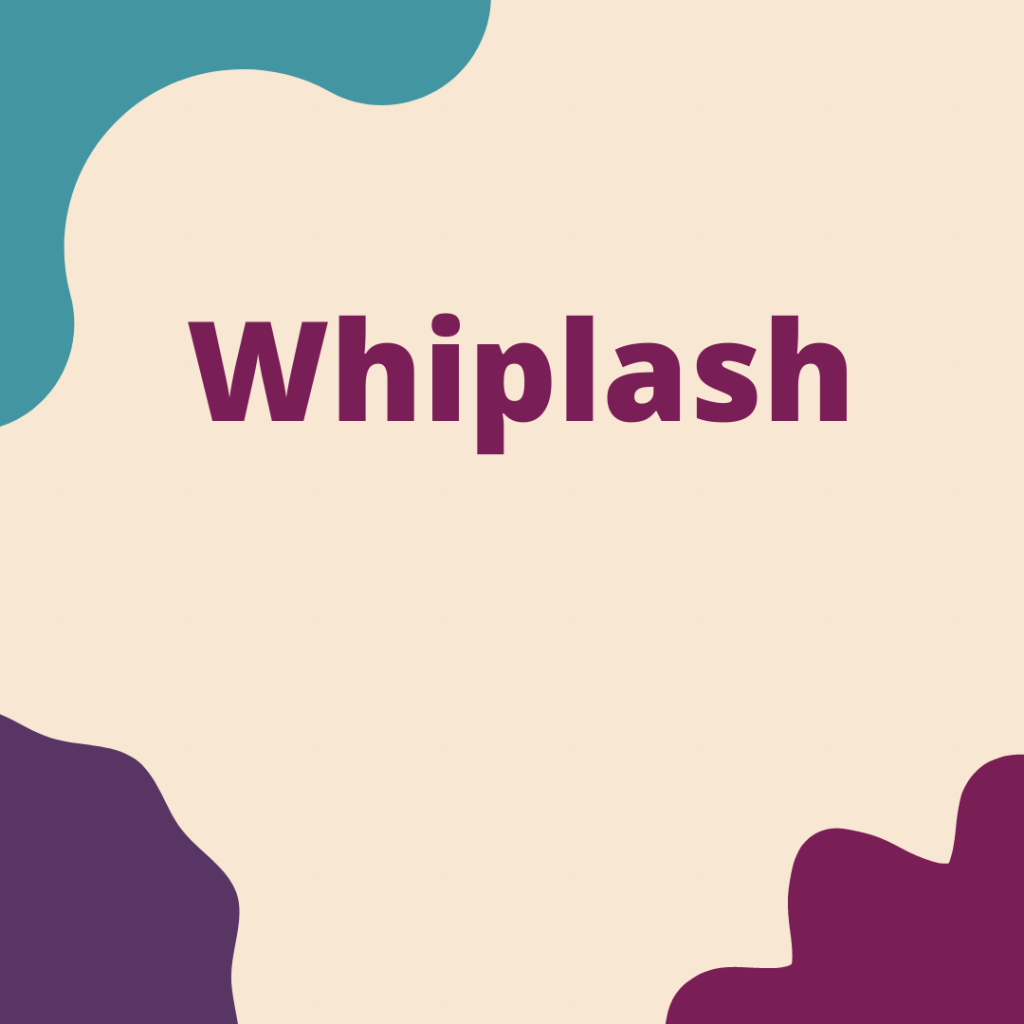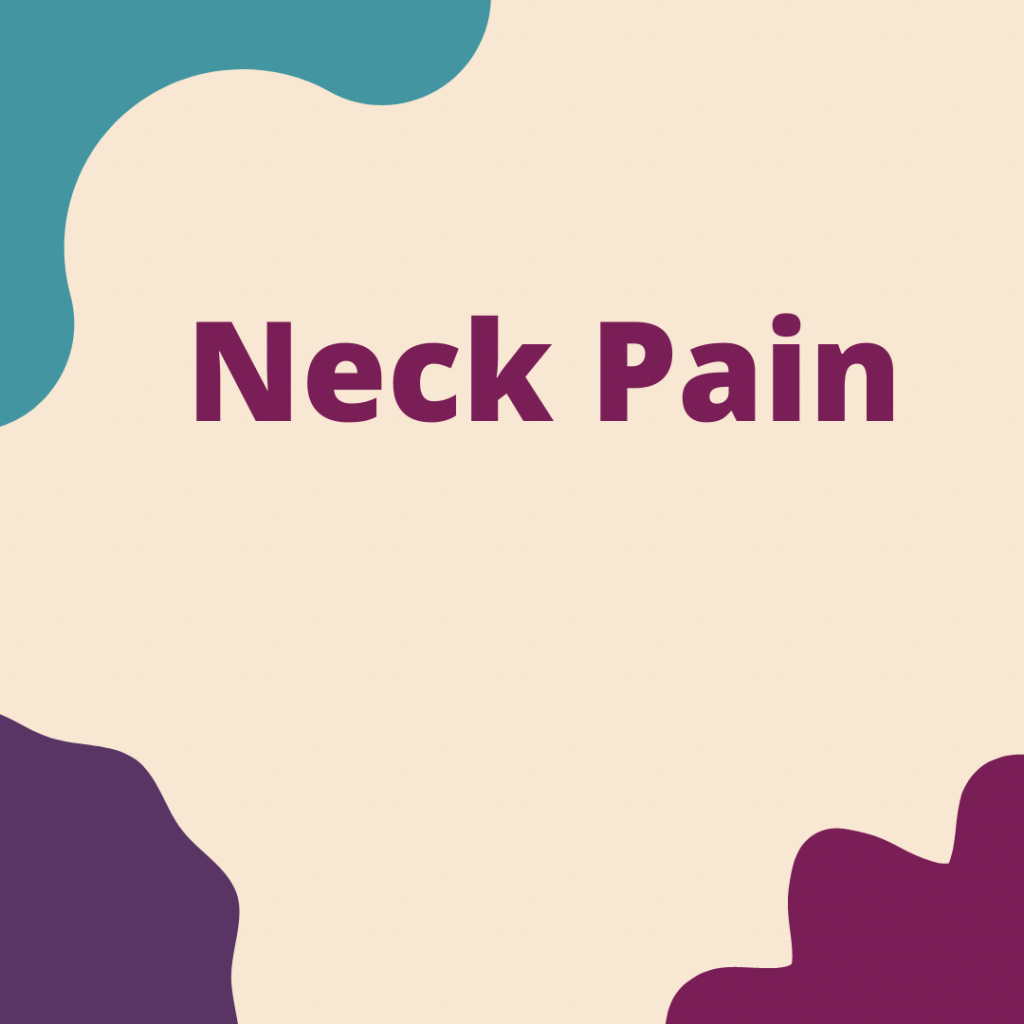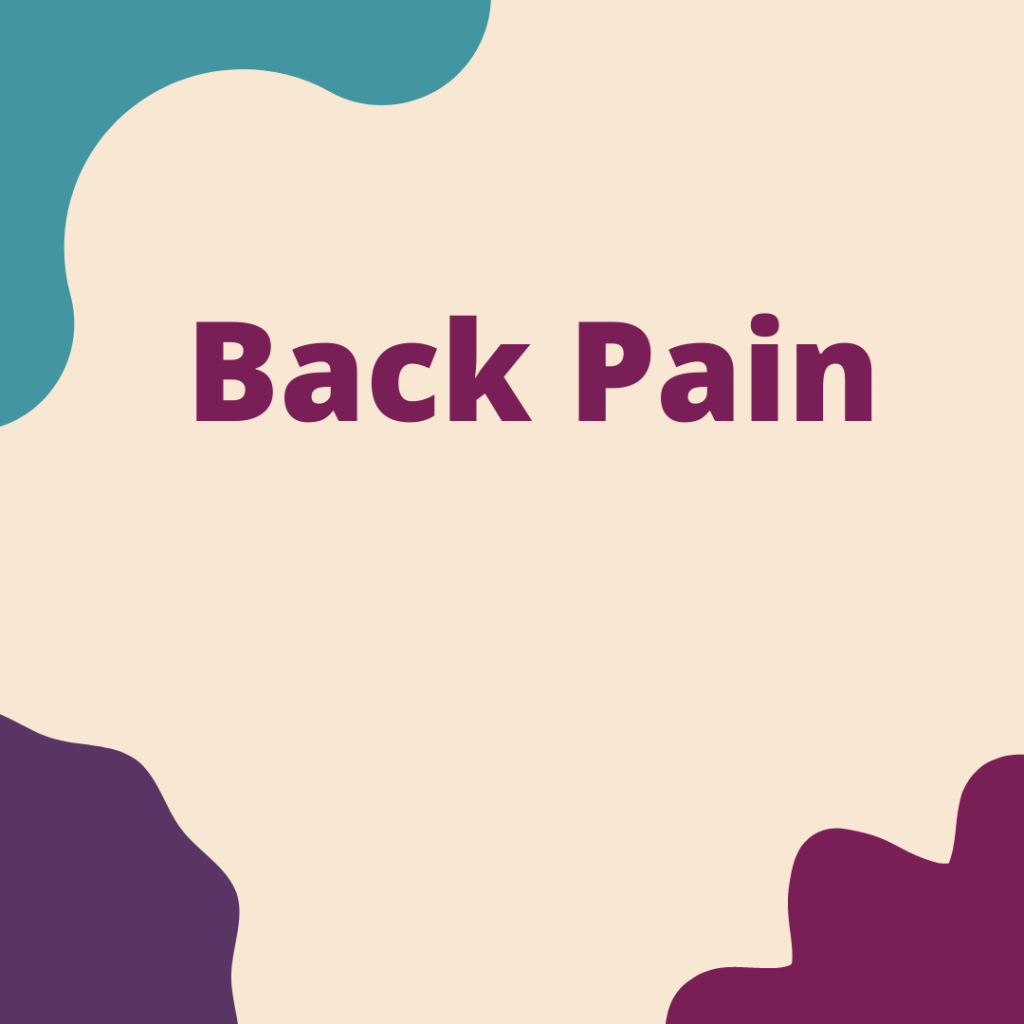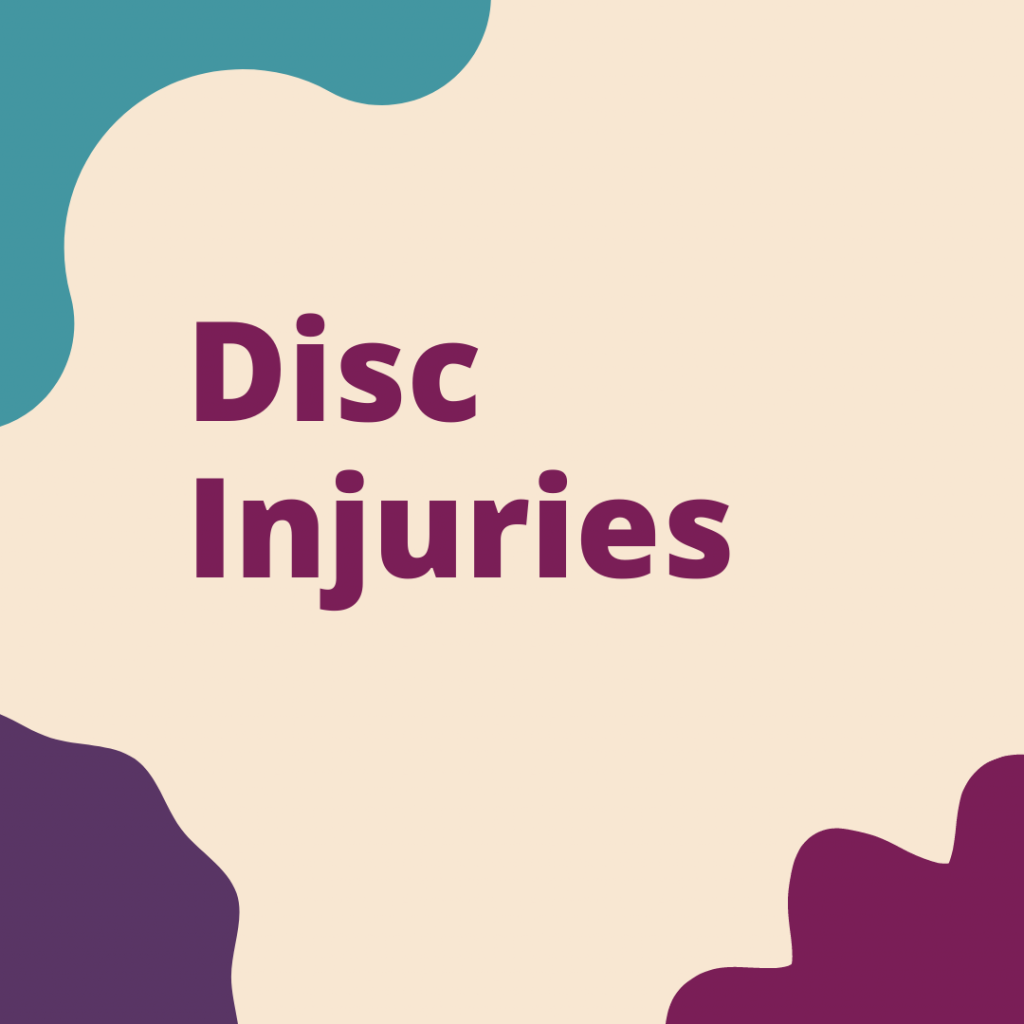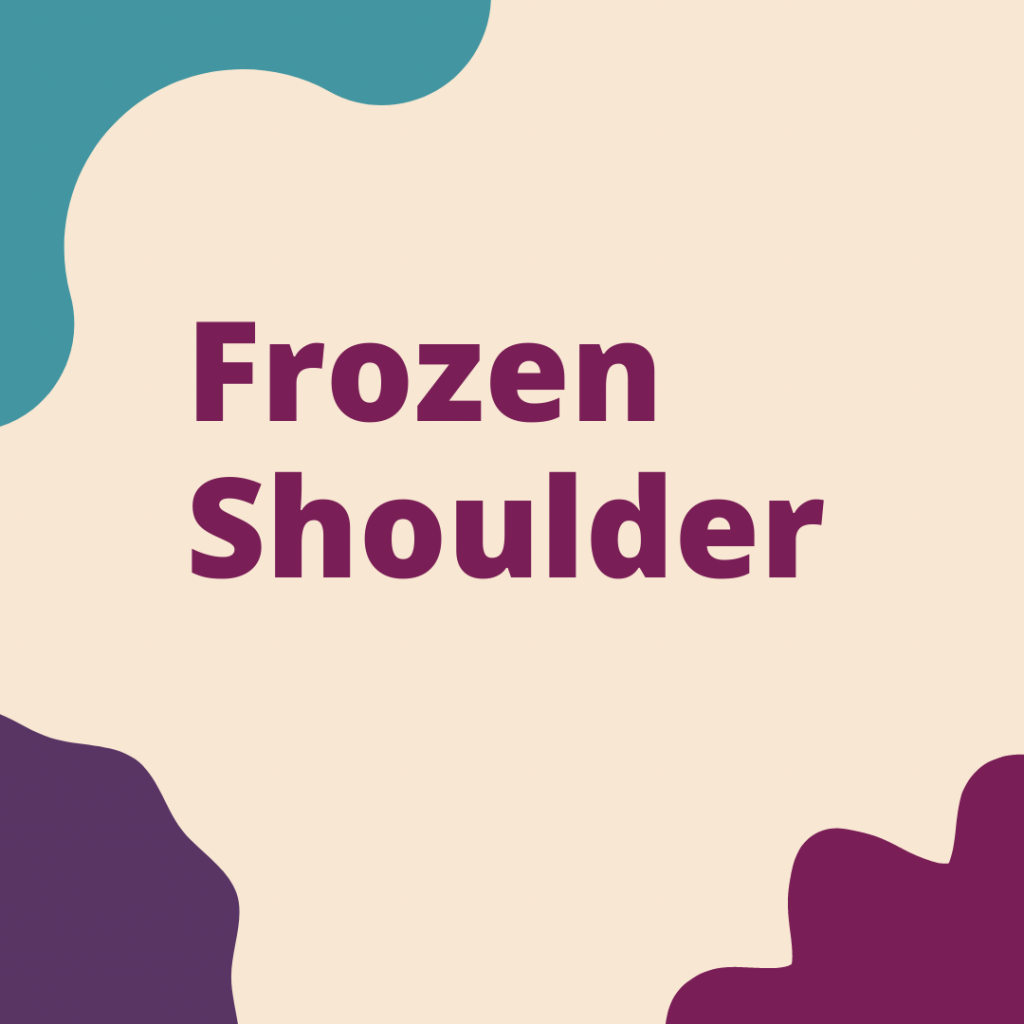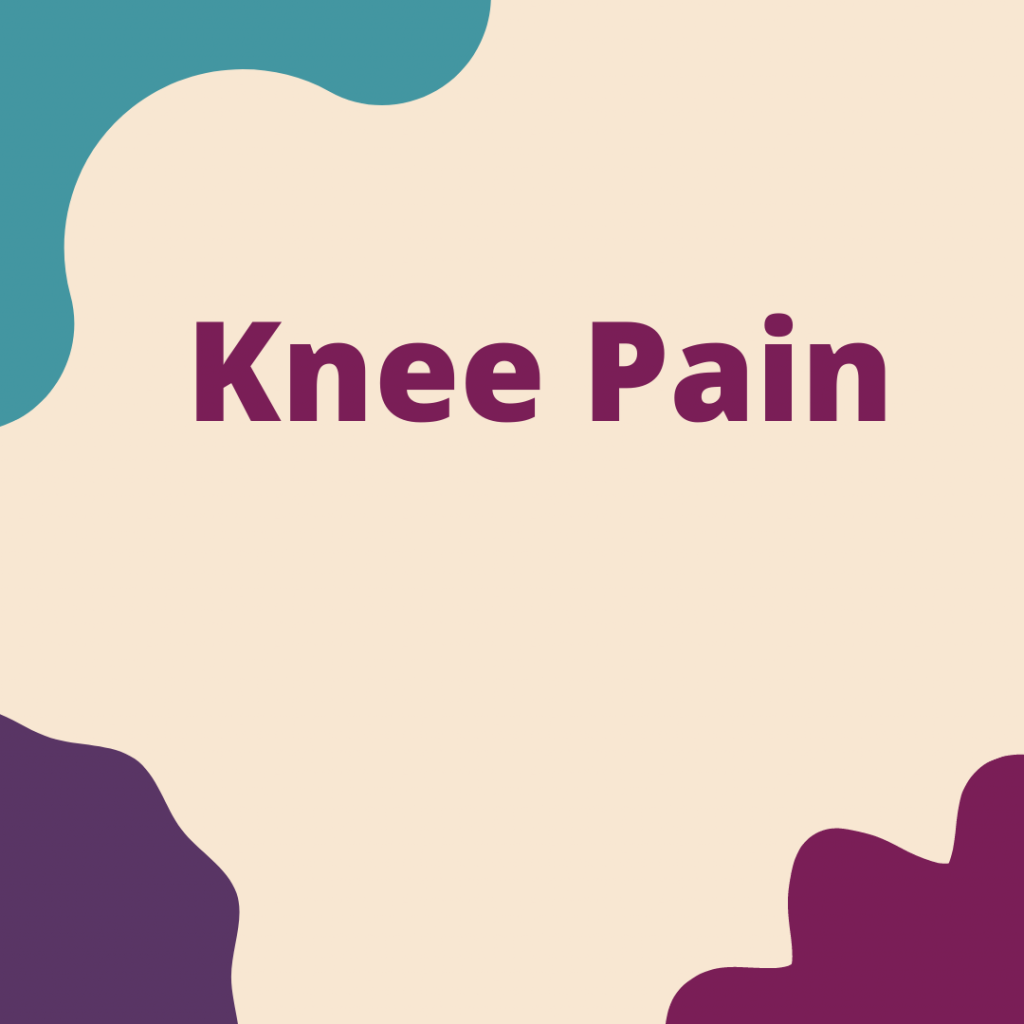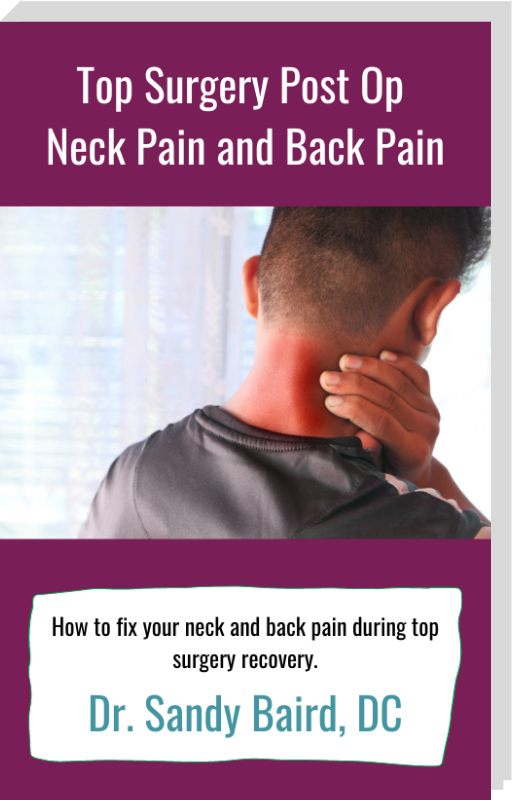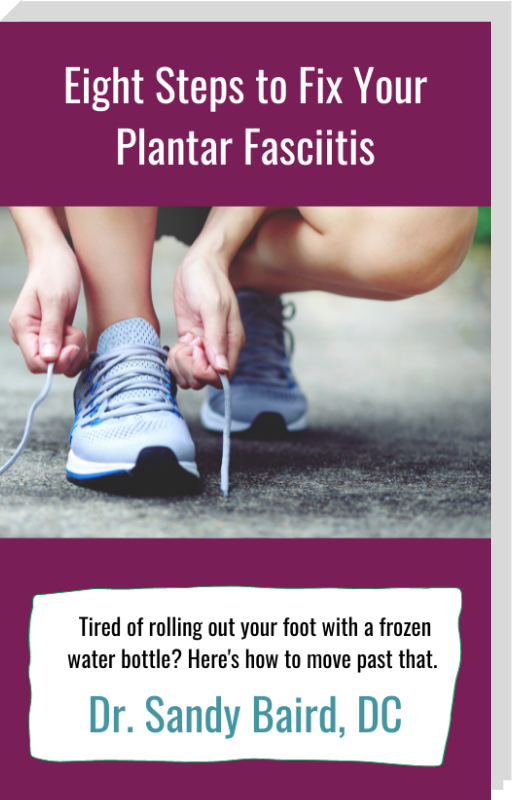Calf Strain Treatment
What can be done about a calf strain I got while running?
Calf strain treatment requires an accurate diagnosis. Calf muscle tears are graded from 1 to 3, with grade 3 being the most severe calf strain. This injury occurs frequently in runners, soccer players, rugby players, and football players. A calf strain can happen from an acute injury (landing and rebounding too quickly, sprint on a non-warmed up muscle, or collision with the heel planted) or can develop as a result of repetitive overuse.
Grade 1 calf strain symptoms
A grade 1 calf strain is a small tear with up to 10% of the muscle fibers damaged. The runner or player will feel a minor twinge of pain in their calf, and may be able to keep playing through mild pain. They will probably feel tightness and achy pain in the calf muscles several days post injury.
Grade 2 calf strain symptoms
A grade 2 calf strain is more severe than a grade 1 calf strain, since up to 90% of the muscles fibers may get torn. The athlete will feel a sharp pain in their calf, and walking will be painful. There will likely be swelling or bruising present in the calf muscles. It will be painful to push your foot down against resistance, or to stand up on your “tiptoes”. There might be pain and stiffness in the calf muscles for a week or more.
Grade 3 calf strain symptoms
With a grade 3 calf strain, there will be immediate pain at the back of the lower leg, and it’s not an injury the athlete will be able to play through due to the severe pain. This type of calf muscle tear is a complete (or near complete) rupture of the muscle. It may become impossible to contract the calf muscles, and there will be bruising and swelling throughout the calf region. With a full rupture of the calf muscle, there may be a “ball” or “knot” present underneath the skin, which is the calf muscle bunched up at the top of the muscle.
Calf strain treatment
Calf strains that are grade 3 nearly always require surgery, as do many grade 2 strains. Calf strain treatment: Calf muscle tears that are grade 1 can be successfully treated with Active Release Techniques or Graston Technique combined with sports chiropractic management. When the calf muscle tears, the body throws down a patch to keep the muscle working even through overloaded conditions. This patch doesn’t stretch as well as normal tissue and doesn’t have the same vascularity (blood flow). If left untreated, the patch will create a weak area in the muscle, that may lead to further injury. The patch (adhesions also called scar tissue) can be reduced through a technique that uses the appropriate manual pressure, such as Active Release Techniques. We treat not only the calf muscles, but any other muscles in the leg, hip, or glutes, that have developed similar adhesions. The reason for this is that often adhesions (or weakness) higher up the kinetic chain, will alter the biomechanics of the foot and ankle, and are ultimately responsible for causing the calf strain in the first place.
If you need some clear direction on how to treat your calf pain and would like to schedule a free consultation with an Oakland chiropractor, please call (510) 465-2342 or click the button below.
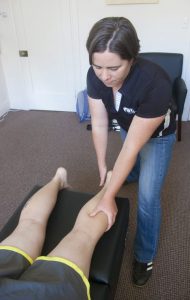
Other Conditions We Treat
What Other People Just Like You Are Saying About Riverstone Chiropractic In Oakland...



